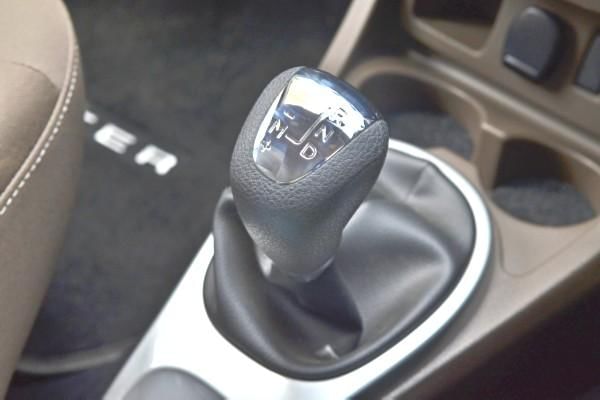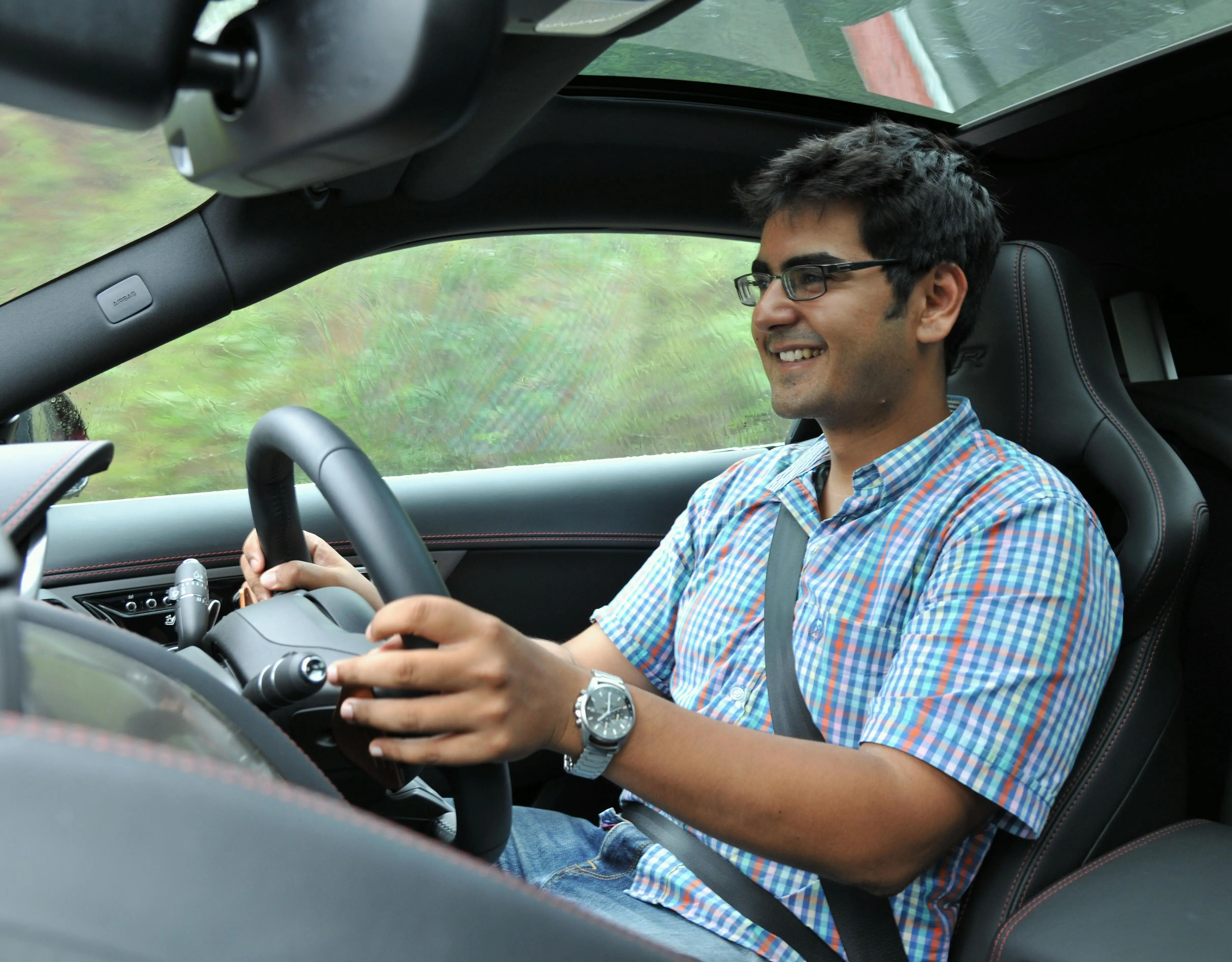2016 Renault Duster AMT review, test drive
Renault has given the Duster a facelift and also a new AMT automatic gearbox. Here’s all you need to know about it.
Published on Mar 12, 2016 08:46:00 PM
77,757 Views
What is it like to drive?
As before, the Duster is available with a 104PS, 1.6-litre petrol engine, an 85PS, 1.5-litre diesel and a 110PS, 1.5-litre diesel. Again, front-wheel drive is standard though the 110PS diesel can also be opted with all-wheel drive. What is new is the option of an automated manual transmission or AMT for the 110PS front-wheel drive Duster. Renault calls the system Easy-R (to be read as ‘easier’) and, well, it does make driving in heavy traffic less of a chore.

At mild throttle inputs in average scenarios, automatic gearshifts on the six-speed ’box are timely and largely predictable. Gearshifts aren’t exactly seamless, but unlike the characteristically abrupt shifts of other AMTs, the Duster’s gearbox swaps ratios more progressively. We suspect the K9K 1.5 diesel engine’s relatively heavier flywheel has a smoothening effect. The Duster Automatic is the first AMT to come with hill-start assist too, which allows for safe getaways on an incline.
Where the Duster’s AMT unit does get caught out is when you press down hard on the accelerator, say to overtake. There’s a bit of a delay before the gearbox downshifts to the right gear and in general, there’s no escaping the characteristic AMT ‘head-nod’ or pause in power between gearshifts. Gearshifts are expectantly not as fluid as on the Creta’s more sophisticated torque converter unit, but its safe to say this is the best AMT in the market today.
The Easy-R gearbox does give drivers the option to shift manually too. In manual mode, gearshifts are nicer and what’s good is that the electronics don’t intervene with an upshift right till 5000rpm. This is an important point because it gives you better control especially through corners and on hilly roads.
Earlier Dusters were known for transmitting road shock through the steering wheel and while this has been minimised, there’s still a fair bit of judder that filters through the steering whilst cornering on rough roads. Handling on the whole though is surefooted and predictable and the Duster’s legendary ability to flatten bad roads is just as good. The suspension is one of the highlights on the Duster. While it can come across as a tad stiff at low speeds, it absorbs just about everything at higher speeds. The AWD version gets independent rear suspension that is a touch more supple and sure-footed but, as mentioned, it doesn’t come with an AMT option, which is only reserved for the front-wheel-drive version.
As for other elements of the driving experience, there are mild improvements to the powertrain. The 110PS engine continues to impress for its good pulling power, but it does run quieter now and the ‘CMO 10’ engine electronic introduced first in the AWD Duster has reduced turbo-lag too. The AMT may have blunted a bit of the Duster’s performance but there’s enough grunt from the torquey engine and, if you flick the nicely finished gearlever to manual mode, overtaking is not a problem. In fact, ironically the AMT feels far better on the highway then it does in the city, as the tall sixth gear allows for easy cruising.
Upcoming
Related Images
Related Videos
Copyright (c) Autocar India. All rights reserved.



